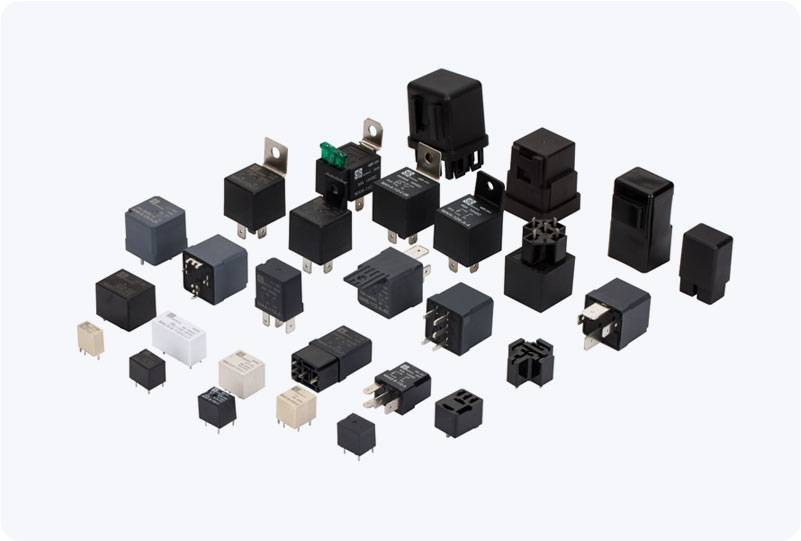Precharge relays are crucial components in power electronics, especially in systems that involve high voltages, such as electric vehicles (EVs), power inverters, and renewable energy systems. These relays help ensure the safe and efficient operation of such systems by gradually charging capacitors before full power is supplied, thus preventing damage to sensitive components. In this article, we will delve into the importance of precharge relays, their working principles, and their applications.

What is a Precharge Relay? A precharge relay is an electrical device used to manage the initial charge of capacitors or other energy storage elements in high-voltage systems. The primary function of a precharge relay is to prevent excessive inrush current when a power system is first energized. In high-voltage applications, the sudden application of power can cause a large surge of current, which can damage sensitive components like capacitors, batteries, and other parts of the circuit. To mitigate this risk, a precharge relay gradually connects the power source to the circuit, allowing capacitors and other components to charge slowly, thus avoiding a sudden current spike.